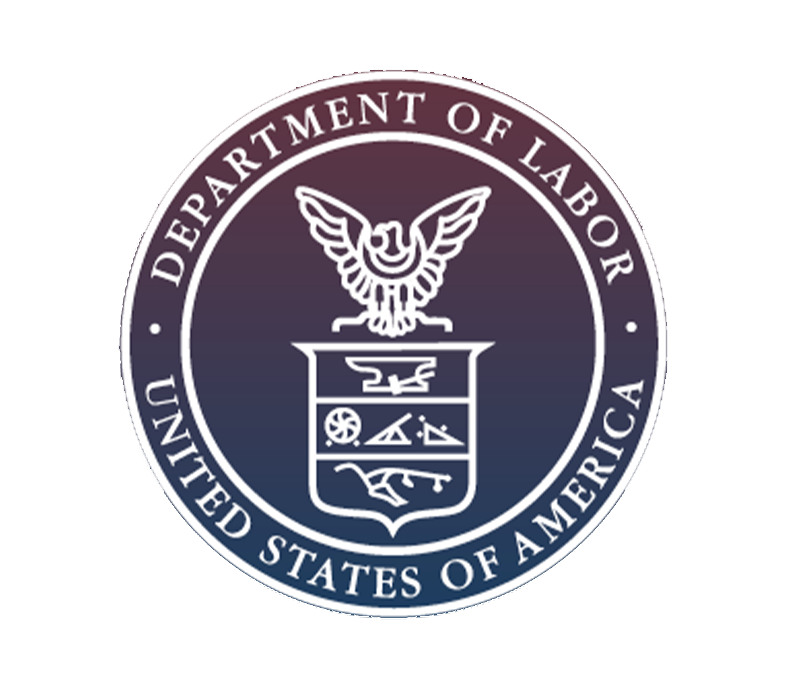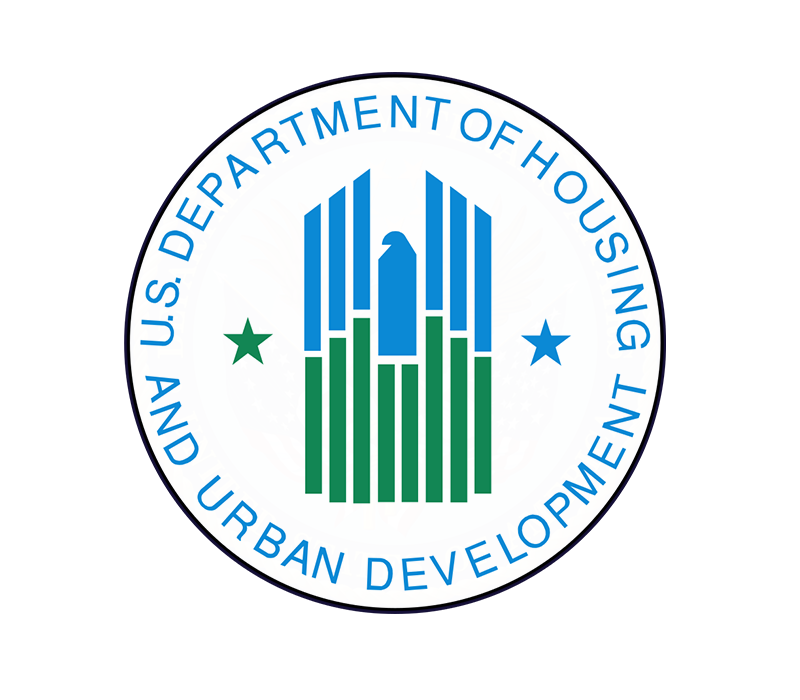Attention librarians, school districts, institutions of higher education, government officials, and archivists! The Institute of Museum and Library Services (IMLS) – is releasing opportunities to address the critical needs of libraries and archives and support the advancement of professional practices. IMLS’s mission is to advance, support, and empower America’s museums, libraries, and related organizations through grantmaking, research, and policy development. Through multiple opportunities to support the unique needs of libraries and archives, IMLS works towards its strategic goals of championing lifelong learning, strengthening community engagement, advancing collection stewardship and access, and demonstrating excellence in public service.
The National Leadership Grants for Libraries program is designed to influence practice across disciplines, support current strategic priorities within its field, use collaboration to demonstrate field-wide buy-in and input, and generate new models, tools, research findings, services, practices, or alliances that can be adapted and scaled.










